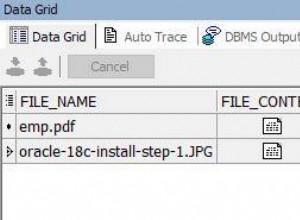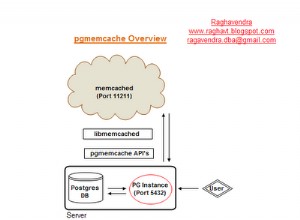Für Ihre spezifischen Daten können Sie
verwendenSelect col1, col2, LTRIM(RTRIM(SUBSTRING(
STUFF(col3, CHARINDEX('|', col3,
PATINDEX('%|Client Name =%', col3) + 14), 1000, ''),
PATINDEX('%|Client Name =%', col3) + 14, 1000))) col3
from Table01
BEARBEITEN - Charindex vs. Patindex
Testen
select col3='Clent ID = 4356hy|Client Name = B B BOB|Client Phone = 667-444-2626|Client Fax = 666-666-0151|Info = INF8888877 -MAC333330554/444400800'
into t1m
from master..spt_values a
cross join master..spt_values b
where a.number < 100
-- (711704 row(s) affected)
set statistics time on
dbcc dropcleanbuffers
dbcc freeproccache
select a=CHARINDEX('|Client Name =', col3) into #tmp1 from t1m
drop table #tmp1
dbcc dropcleanbuffers
dbcc freeproccache
select a=PATINDEX('%|Client Name =%', col3) into #tmp2 from t1m
drop table #tmp2
set statistics time off
Zeiten
CHARINDEX:
SQL Server Execution Times (1):
CPU time = 5656 ms, elapsed time = 6418 ms.
SQL Server Execution Times (2):
CPU time = 5813 ms, elapsed time = 6114 ms.
SQL Server Execution Times (3):
CPU time = 5672 ms, elapsed time = 6108 ms.
PATINDEX:
SQL Server Execution Times (1):
CPU time = 5906 ms, elapsed time = 6296 ms.
SQL Server Execution Times (2):
CPU time = 5860 ms, elapsed time = 6404 ms.
SQL Server Execution Times (3):
CPU time = 6109 ms, elapsed time = 6301 ms.
Fazit
Die Timings für CharIndex und PatIndex für 700.000 Aufrufe liegen innerhalb von 3,5 % voneinander, daher denke ich nicht, dass es eine Rolle spielen würde, welches verwendet wird. Ich verwende sie austauschbar, wenn beide funktionieren können.




